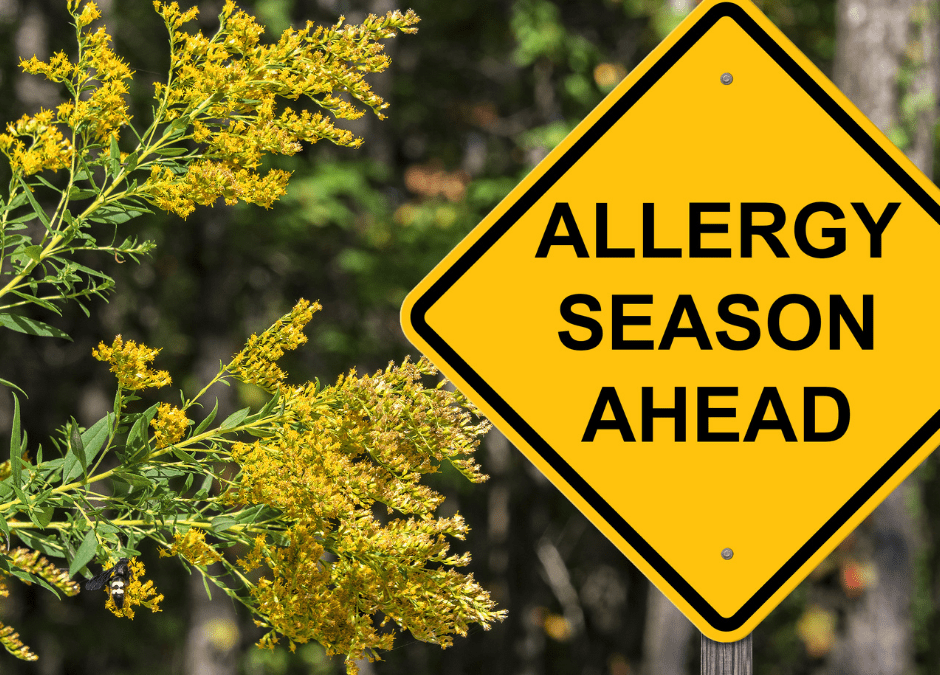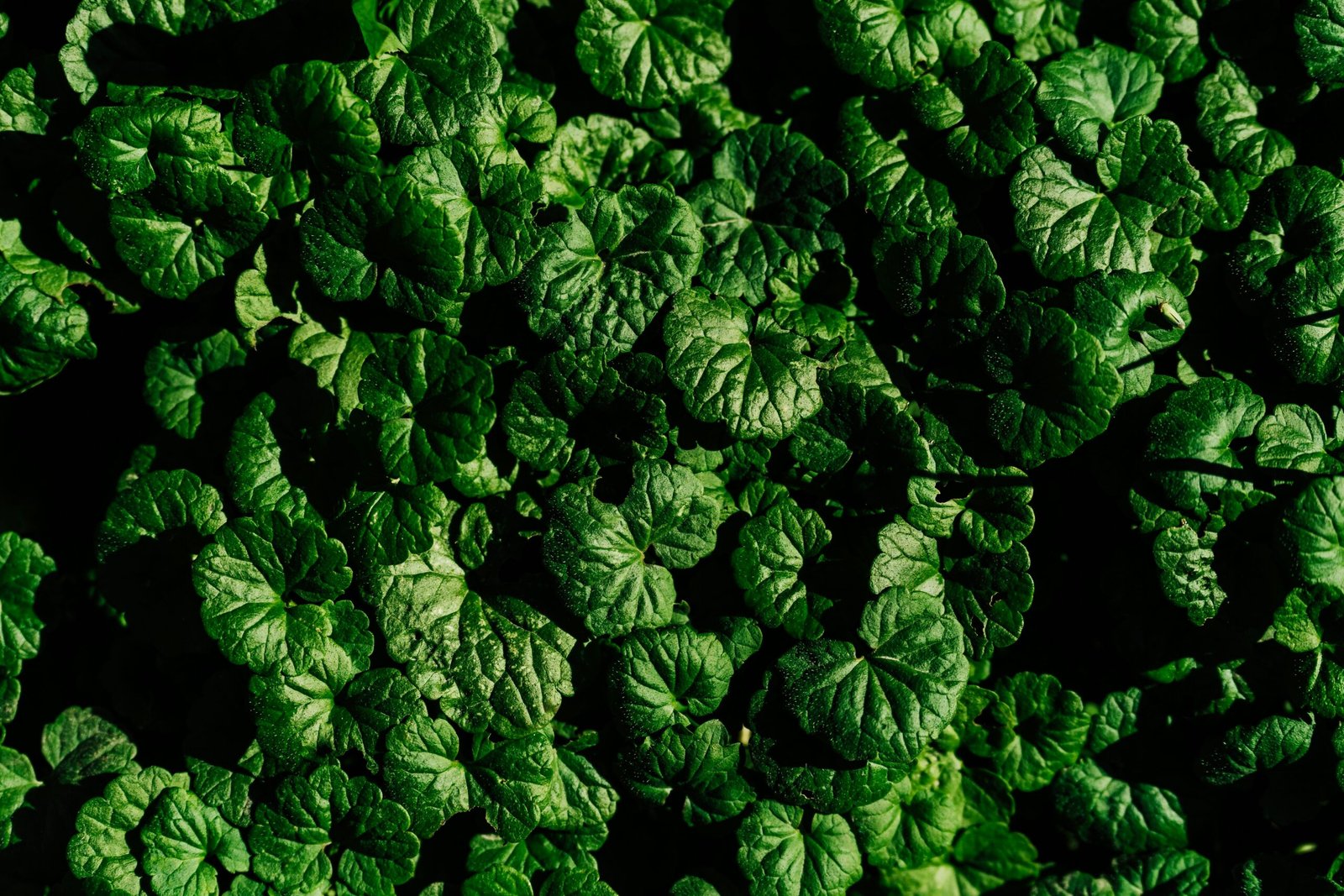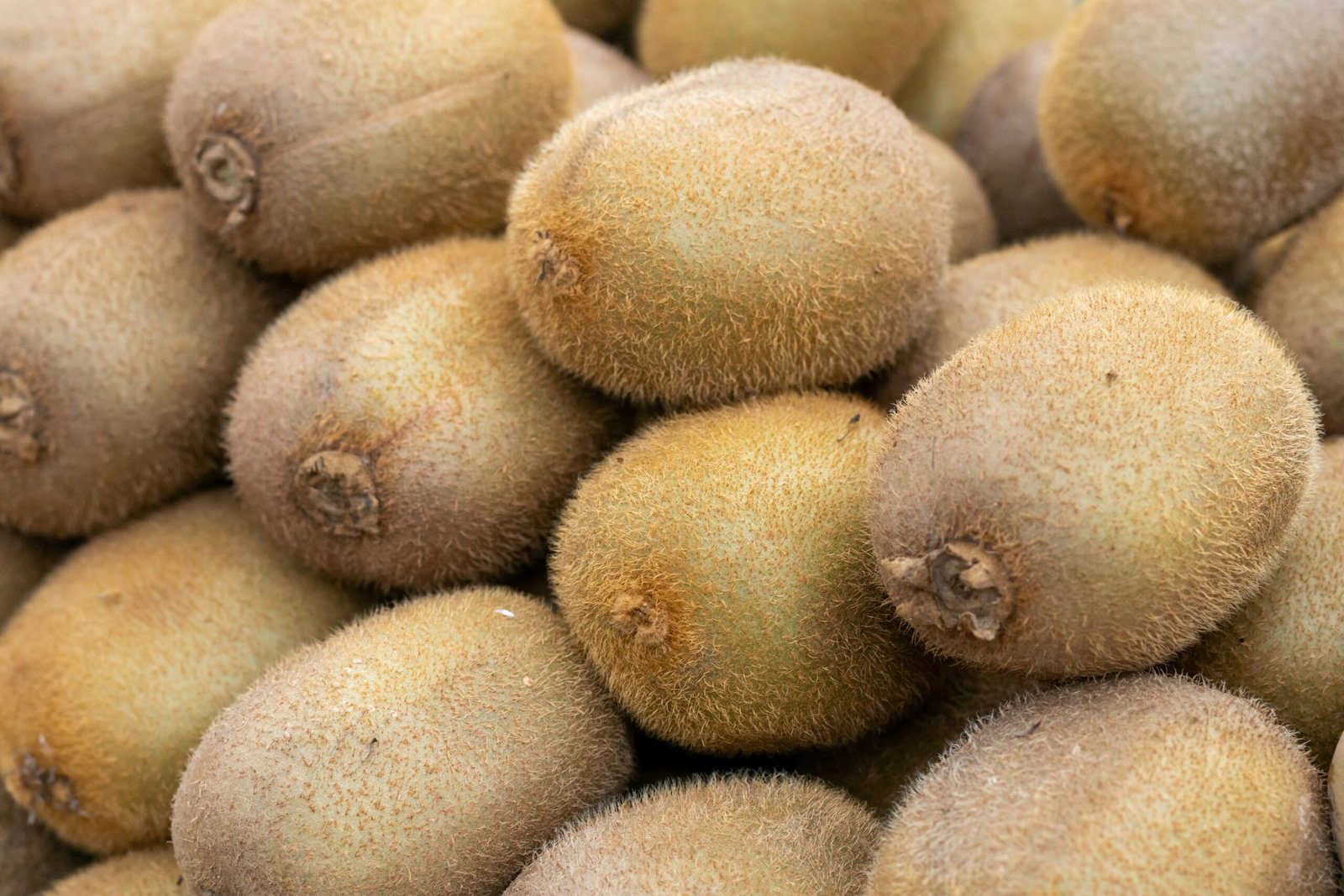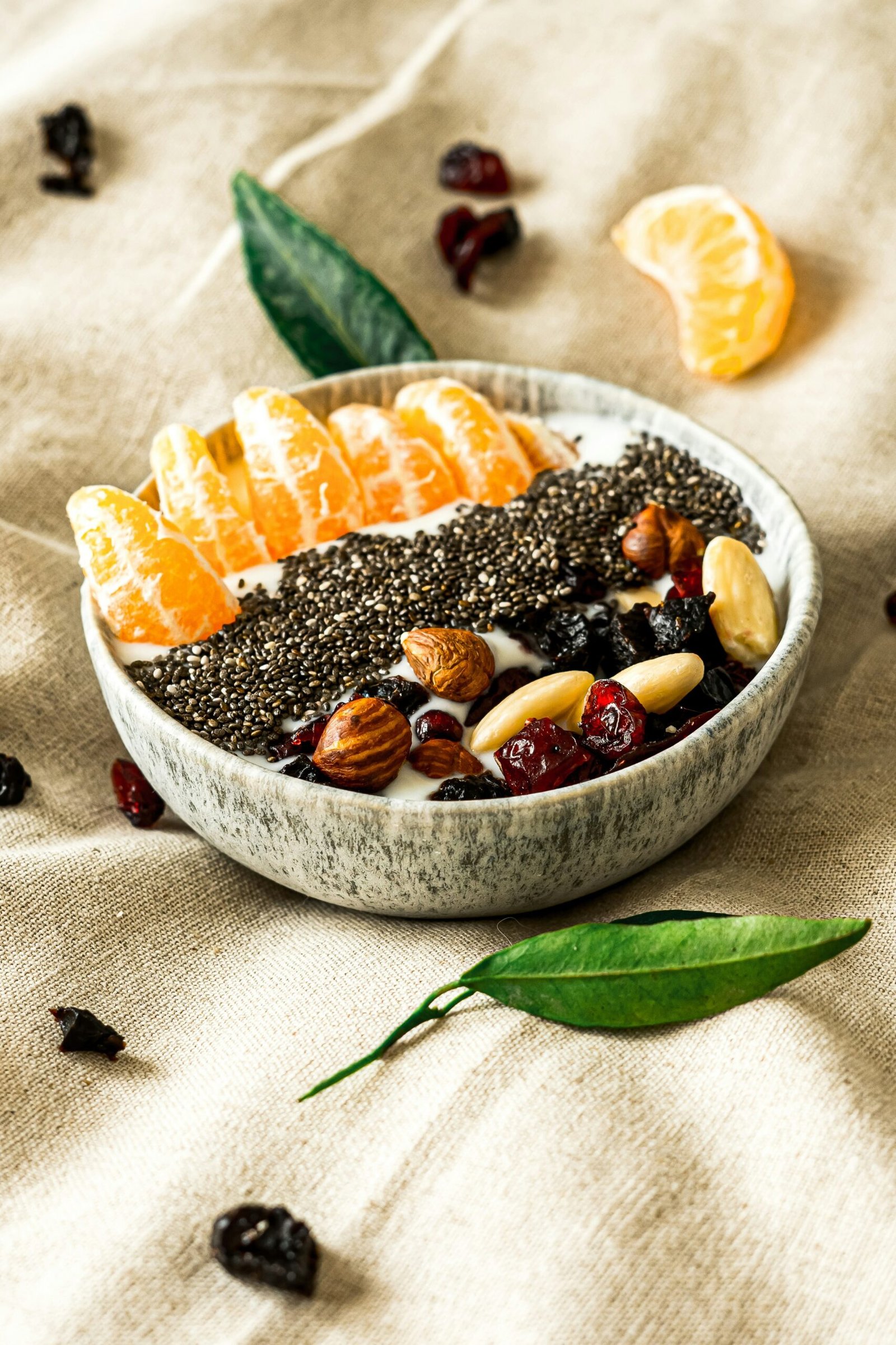Introduction: The Silent Threat of Salt
Salt, a ubiquitous element in our daily diet, is often overlooked as a potential health hazard. Despite its innocuous appearance, salt is silently wreaking havoc on our well-being. According to the World Health Organization, the average person consumes approximately 9-12 grams of salt per day, far exceeding the recommended daily allowance of 5 grams. This overconsumption is not merely a matter of preference; it is a consequence of salt’s pervasive presence in processed and restaurant foods, often unbeknownst to the consumer.
The insidious nature of salt lies in its ability to infiltrate our meals without detection, making it a silent yet formidable threat. Dr. Norman Kaplan, a renowned hypertension specialist, states, “Excessive salt intake is a key player in the development of high blood pressure, which is a major risk factor for heart disease and stroke.” This alarming insight underscores the critical need for heightened awareness and vigilance in monitoring our salt intake. By understanding the hidden dangers of salt, we can take proactive steps to mitigate its adverse effects on our health.
This blog post aims to shed light on the often underestimated impact of salt on our bodies. Through a detailed exploration of salt’s dangers, we will uncover the surprising ways in which it affects our health, from increasing blood pressure to contributing to chronic conditions such as cardiovascular disease. By recognizing the silent threat of salt, we can empower ourselves to make informed dietary choices and protect our long-term health.
Hidden Sources of Salt: What You Don’t Know Can Hurt You
Salt is a ubiquitous ingredient that infiltrates our diets in ways we often overlook. While the obvious sources such as salted snacks and fast food are well-known, less conspicuous culprits can significantly contribute to our daily sodium intake. Processed foods, for instance, remain a major source of hidden salt. Items like bread, breakfast cereals, and canned soups often contain high levels of sodium, which can easily accumulate throughout the day.
Restaurant meals, even those marketed as healthy options, can also be deceptive. A study by the Center for Science in the Public Interest revealed that restaurant meals could contain more than twice the recommended daily sodium intake in a single serving. Popular dishes such as salads, grilled chicken, and even vegetarian options are surprisingly high in sodium due to dressings, marinades, and seasoning blends used during preparation.
Moreover, so-called ‘healthy’ snacks can be particularly misleading. Foods like granola bars, flavored yogurt, and vegetable chips often have added salt to enhance flavor, despite their health halo. For example, a single serving of certain granola bars can contain up to 200 milligrams of sodium, contributing significantly to the daily limit recommended by health authorities.
Reading nutritional labels is vital for maintaining a diet low in hidden salt. The American Heart Association advises aiming for less than 1,500 milligrams of sodium per day, yet the average intake far exceeds this recommendation. Key terms to watch for on labels include “sodium,” “salt,” and “sodium chloride,” which can appear in unexpected places, from condiments to pre-packaged meals.
For more detailed information on hidden sodium sources, consider reviewing this study on sodium content in processed foods. Visual aids, such as images of popular high-salt foods, can further reinforce the importance of vigilance. By being more aware of these hidden sources, consumers can make informed choices and better manage their sodium intake, ultimately safeguarding their health.
Health Consequences: The Dark Side of Salt Consumption
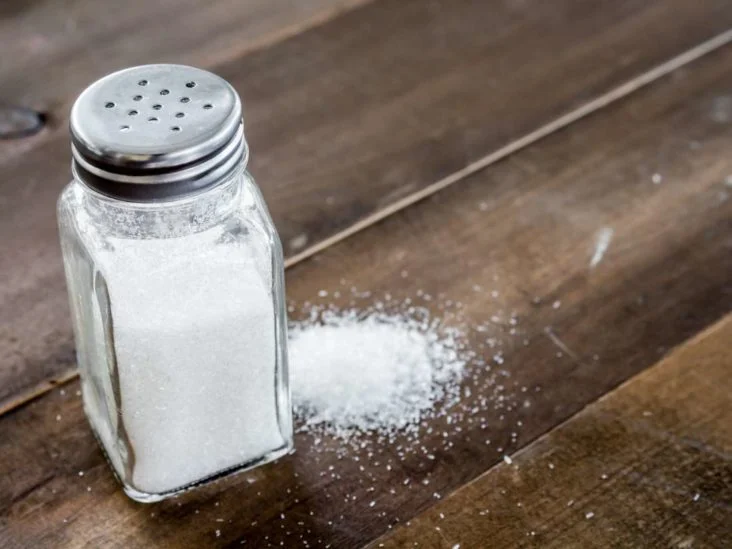
Excessive salt intake poses significant health risks that can lead to severe and potentially life-threatening conditions. One of the most immediate and well-documented consequences of high salt consumption is hypertension or high blood pressure. According to the American Heart Association, consuming too much salt causes the body to retain water, which increases blood volume and, consequently, blood pressure. Over time, sustained high blood pressure can damage the arteries, making them less elastic and forcing the heart to work harder to pump blood.
Hypertension is a major risk factor for heart disease and stroke, two of the leading causes of death globally. The World Health Organization reports that high salt intake is responsible for an estimated 2.5 million deaths each year. The excessive salt burden on the cardiovascular system can lead to the development of atherosclerosis, a condition characterized by the buildup of fatty deposits in the arteries, which further increases the likelihood of heart attacks and strokes. For more detailed information, you can visit the World Health Organization.
Beyond cardiovascular issues, excessive salt consumption can also wreak havoc on the kidneys. The kidneys are responsible for filtering waste and excess fluids from the blood, and high salt levels force them to work overtime. This can result in kidney damage and eventually lead to chronic kidney disease. A study published in the National Center for Biotechnology Information indicates that high dietary salt intake is closely associated with an increased risk of kidney stones and impaired kidney function.
Furthermore, emerging research suggests that high salt intake may contribute to osteoporosis, as excessive sodium can cause the body to lose calcium, which is vital for bone health. Additionally, there are potential links between high salt consumption and stomach cancer, as the salt can damage the stomach lining and promote the growth of harmful bacteria.
The evidence is overwhelming and frightening: consuming too much salt can have dire consequences for your health. By understanding the risks and making conscious dietary choices, you can significantly reduce your chances of falling victim to these serious health issues.
How to Reduce Your Salt Intake: Practical Tips and Strategies
Reducing your salt intake is crucial for maintaining good health, and there are several practical strategies you can adopt to achieve this goal. One of the most effective ways is to cook at home more frequently. By preparing meals yourself, you have complete control over the ingredients and can easily limit the amount of salt you use. Opting for fresh, whole foods instead of processed items is another significant step. Processed foods often contain high levels of sodium, so choosing fresh fruits, vegetables, lean meats, and whole grains can make a substantial difference.
Another great way to reduce salt without sacrificing flavor is by using herbs and spices. Ingredients like garlic, ginger, basil, and rosemary can add a burst of flavor to your dishes without the need for extra salt. Experimenting with different combinations of herbs and spices can make low-sodium meals both delicious and satisfying.
Meal planning is also essential in reducing your salt intake. By planning your meals in advance, you can ensure that you have all the necessary ingredients on hand and avoid the temptation of reaching for processed or fast foods. Creating a weekly grocery list that focuses on low-sodium items can help you stay on track.

Here are some low-sodium alternatives to consider:
- Fresh or frozen vegetables instead of canned vegetables.
- Homemade soups using fresh ingredients rather than canned soups.
- Low-sodium broths and stocks for cooking.
- Salt-free seasonings such as Mrs. Dash.
- Plain rice, pasta, and oatmeal instead of flavored varieties.
For those looking for inspiration, there are countless resources available online that offer recipes and tips for reducing salt in your diet. For example, the American Heart Association provides a wealth of information, including low-sodium recipes and meal plans. Additionally, websites like Cooking Light offer a variety of delicious, heart-healthy recipes that are low in sodium.
Remember, adopting a low-sodium diet doesn’t mean you have to compromise on taste. With a bit of creativity and planning, you can enjoy flavorful, satisfying meals that are also good for your health.

